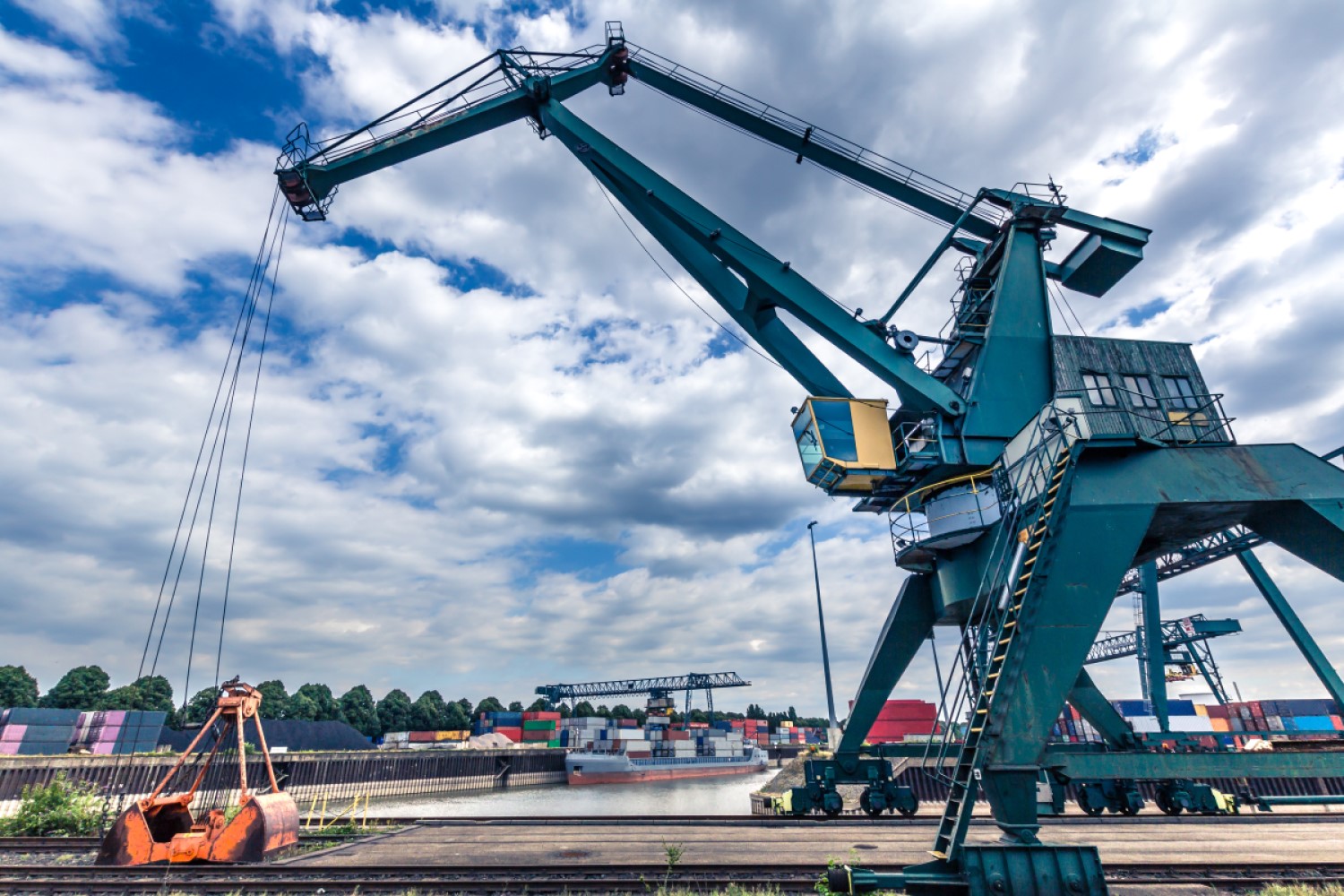Transloading unfolds through a structured sequence of actions designed to facilitate the seamless transfer of cargo across different modes of transportation.
It all begins with the initial loading of the cargo onto the first mode of transportation, which could be a ship, train, or truck, depending on the origin and logistics of the shipment. Once loaded, the cargo embarks on its journey to a designated transloading facility, strategically positioned at transportation hubs.
Upon arrival, the cargo is carefully offloaded from the initial mode of transportation and transferred to the awaiting second mode—be it a truck, rail car, or barge—for its onward journey. This transfer process is meticulously orchestrated to minimize handling and ensure cargo safety. Subsequently, the cargo continues its voyage to its final destination aboard the second mode of transportation.
Finally, upon reaching the intended endpoint, the cargo is offloaded and delivered to the customer or recipient, thus completing the transloading process. Throughout this journey, precise coordination, meticulous planning, and adherence to safety standards are paramount to guarantee the efficient and secure transfer of goods between various transportation modes. Effective communication among all stakeholders involved remains crucial to streamline operations and optimize supply chain efficiency.
